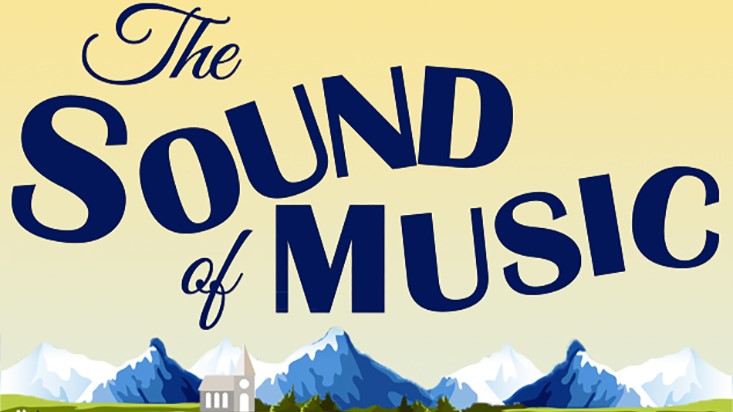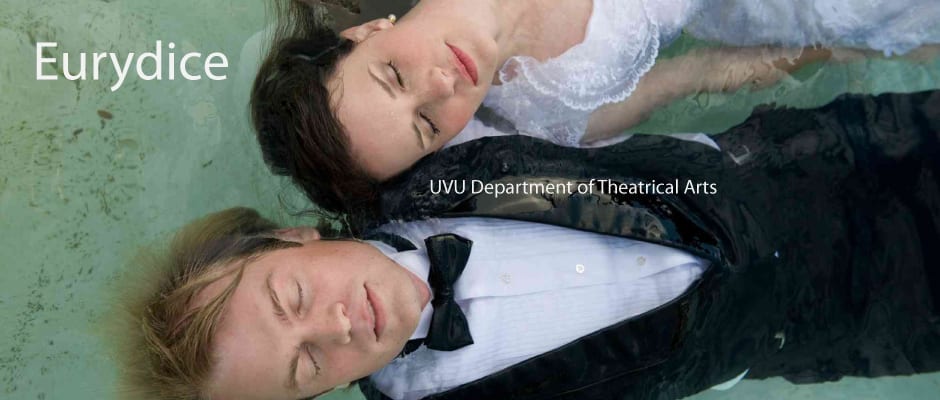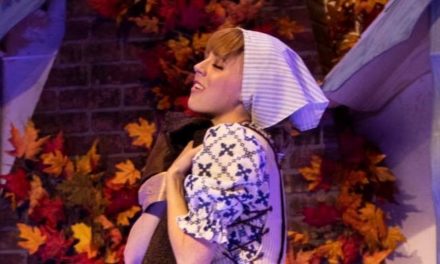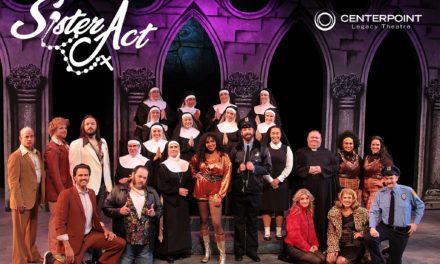MIDWAY — What would it be like to hear Maria sing, “The hills are alive,” while surrounded by the beautiful mountains she is praising? Watching The Sound of Music at High Valley Arts’s outdoor theater, I beheld the mountains green with grass and topped with snow, and I could understand why the Swiss immigrants who settled Midway saw it as Utah’s version of their beloved Alps. Though the classic Rodgers and Hammerstein musical takes place in Austria, not Switzerland, it was nonetheless a treat that the picturesque aesthetic of European mountains invited me into the world of the show before I even arrived at the theatre.
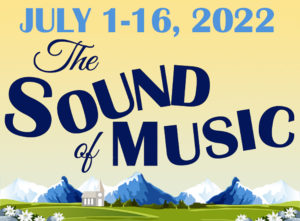
Show closes July 16, 2022.
An outdoor show, even when the scenery fits the story, can have some complications. Some wind blew around the set panels designed to look like mountains. Inclement weather curtailed tech week leading up to opening night, which may have contributed to some minor issues with microphones being turned on late or left on too long.
That said, the outdoor setting contributed much more than it detracted. Joan Olson as the Mother Abbess gave a stirring enough performance of “Climb Ev’ry Mountain.” But as she sang the final notes of the song with her arms outstretched, her habit flowing in the wind like Fabio’s hair made the song ten times more epic. When the von Trapps win the competition, a light rain started. The Nazis then searched for the Von Trapps by walking around and through the audience, blowing loud whistles, and flashing their lights through the thick rain pelting everyone. It was a wonderful immersive theatre experience crouching, like the von Trapps, under the sky and not knowing if it was going to hail on me at any moment. (I would suggest future audience members prepare for such a stormy climax with extra blankets and raincoats.)
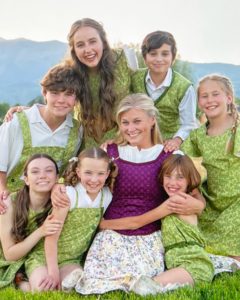 As for the cast, Mary Eckersley played Maria brilliantly. Part of the difficulty of acting is making it seem like the character is experiencing the circumstances for the first time. I could see Maria piecing the world of the Von Trapps together as she met them, being surprised and annoyed by the Captain. When she danced with the Captain later, her face was the perfect mixture of love and apprehension and fragility, like she was on the brink of kissing him or crying. Eckersley also delivered Maria’s comedic lines with just the right amount of matter-of-factness to make them land. The one thing I would have wished was for her to have more confidence, ironically, as she sang “I Have Confidence” instead of shying away from some of the upper notes.
As for the cast, Mary Eckersley played Maria brilliantly. Part of the difficulty of acting is making it seem like the character is experiencing the circumstances for the first time. I could see Maria piecing the world of the Von Trapps together as she met them, being surprised and annoyed by the Captain. When she danced with the Captain later, her face was the perfect mixture of love and apprehension and fragility, like she was on the brink of kissing him or crying. Eckersley also delivered Maria’s comedic lines with just the right amount of matter-of-factness to make them land. The one thing I would have wished was for her to have more confidence, ironically, as she sang “I Have Confidence” instead of shying away from some of the upper notes.
Eckersley’s believable relationship with the Captain was especially notable because David McMaster as the Captain did not always give her a lot to work with. McMaster did not fully embrace the Captain’s sternness, so when his character did soften, there did not feel like much of a change. I did not get the sense either that McMaster filled out his character much more beyond the lines in the script. On the other hand, Daniel Clegg as Max embodied his character through mannerisms and tone of voice, so that I saw how his lines were attached to a larger personality. All those acting chops topped with an easy tenor voice equaled star power.
I also noticed great stage presence from Brinley Lent in the role of Liesl, and she brought beautiful dance technique to “Sixteen Going on Seventeen.” If Melinda McMaster’s choreography sat well in Lent’s body, it did so a little less in Bradley Maclean’s (playing Rolf). Still, he made the number enjoyable and the romance palpable with his energy.
Where I thought McMaster’s choreography was most effective was with the nuns, who numbered over a dozen. In their song after the Captain and Maria’s wedding, their movement which traveled all over the stage presented a lot of clear formations and gave the illusion that there were a full abbey of nuns. Not to mention how they navigated the tight harmonies, especially during “Maria,” with grace thanks to Clegg’s music direction.
The most transcendent part of the script by Howard Lindsay and Russel Crouse came when the von Trapps during their concert invited everyone in the audience to sing “Edelweiss.” Everyone’s voices combined to give a blessing on the land that rang out through the hills along with the booming thunder. As I drove home afterward, I passed an art gallery named Edelweiss and realized that Midway would be the perfect town for the von Trapps to immigrate to after leaving Austria.
There’s a certain kind of nostalgia that comes with outdoor community theatre — the kind where people sit in lawn chairs with a couple hundred families swatting gnats and watching the actors sing with microphones that look like they belong to aerobic workout instructors from the 1980s. Plus, The Sound of Music never ceases to delight with its iconic soundtrack. I would highly recommend everyone go to the hills to partake of the fresh air, stunning scenery, and engaging talent of Midway by seeing the High Valley Arts production of The Sound of Music.

